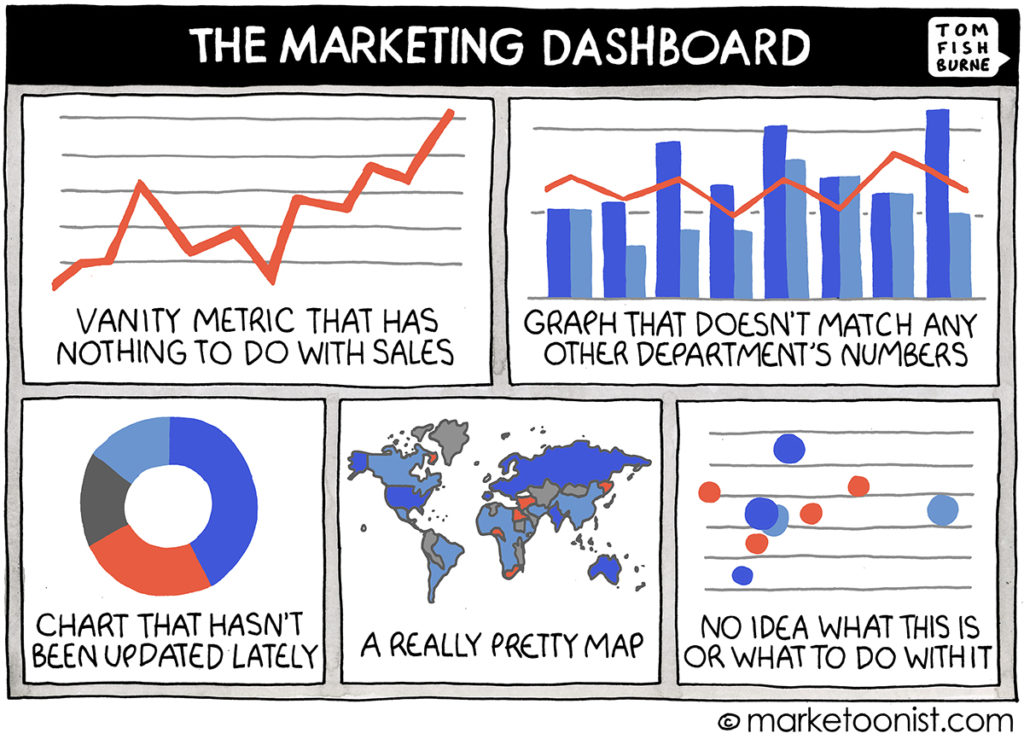I had a boss years ago who had a fetish for change. He wanted to change things that in his mind weren’t working. There’s no problem with change. Change is good. It’s good to clear out the old to make way for the new. In fact, this is an idiom that Steve Jobs used on more than one occasion. But changing for the sake of change is not good. Don’t you have to understand something first before you know what to change to help you achieve your desired outcomes?
The Confidence Question
I felt a little bit that way when I was reading a recent post by Lincoln Murphy, in which he introduced the Confidence Question. He says Net Promoter Score (NPS) sucks and he references the following as an example: “I see companies with high NPS that have high churn and I see companies with low NPS with amazing retention and expansion. So that tells me, at least from a Customer Success standpoint, NPS is a garbage metric”.
I understand the issue. Quite frankly, I’ve seen way too many customer success teams try to use NPS to predict churn. It’s the wrong approach. In fact, ProfitWell conducted a study this year and found that NPS is not an accurate measure of retention.
The problem here is instead of finding out what the NPS issue might be, it appears Murphy wants to bandaid the situation by coming up with a new metric, the Confidence Question. He wants to replace NPS with the Confidence Question, which he describes with this example,
On a scale of 0-10, how confident are you that [our brand/product] will help you meet your goals over [time frame]?
Here’s the rub. He’s trying to replace a vanity metric with a vanity metric.
Vanity metrics are those that are easily manipulated, and do not necessarily correlate to the numbers that really matter. And when you try to take NPS, or the Confidence Question, on its own merit, or use it to predict churn or retention, it is little more than a vanity metric.
Leading and Lagging KPIs
NPS is not a predictor. But, taken in context with other customer and operational metrics, it can help determine trends and patterns, and help corporate leaders make sound decisions.
NPS is not a leading key performance indicator (KPI). A leading KPI is a measurable factor that changes before the company starts to follow a particular pattern or trend and is used to predict changes in the company. Examples of leading indicators would be daily active users, average first call resolution (FCR), blog subscribers, unique page views, demos, sales growth, etc. Another leading indicator is customer effort score (CES). It is the strongest indicator of loyalty. Customer Lifetime Value (CLV) is the most important leading indicator of growth.
On the other hand, a lagging KPI is a measurement that records the actual performance of an organization. It is an output. A lagging indicator is one that usually follows an event. Outputs can help determine trends and patterns. The importance of a lagging indicator is its ability to confirm that a pattern is occurring. Lagging indicators include: annual sales, NPS, retention rate, churn rate, sales, revenue, etc.
The goal for leading indicators is to improve them over time, and to help improve the lagging indicators.
It seems that the task du jour is to replace NPS because a general concensus seems to be that NPS doesn’t work. I ask how do you know? It then comes back to how are you using NPS? Using NPS for that which it wasn’t designed will most definitely produce negative outputs.
One of my projects over the past two years has been to host #CXChat. CXChat is a chat all about customer experience that is hosted on Twitter. We meet Wednesdays at 11am PT/2pm ET to discuss a key CX topic for an hour. We try to have a guest every month lead us in the discussion or we discuss a topic roundtable-style. I hope you join us. To whet your appetite about CXChat, take a look at the many recaps of our chats.
On a recent chat, we discussed NPS. I suggested the following list of best practices for NPS:
1. Know your why — what is your goal for delivering the NPS survey/taking the NPS score?
2. Combine NPS with other metrics to understand what your current state is.
3. Make it relational, not transactional. You should know after developing and validating journey maps where moments of truth and key listening posts are. From your VoC program, you will be able to determine when/where it is appropriate to send the survey. From my experience, submitting a survey real-time when the customer is in your application will give you more accurate results than submitting a survey via email. Conduct this test on your own and let me know the results you generate.
4. Ask three questions – ask the NPS question, of course; ask why they gave the answer they did; and then ask what 1-2 things you can be doing better.
When you use NPS in the right way with other key metrics, you’ll be able to use the insights to make sound business decisions.
Another thing that Murphy mentioned was interesting was to introduce the Confidence Question during the quarterly business review (QBR).
QBRs are important check-ins that I applaud customer success teams for driving.
I’m a big advocate about picking up the phone and contacting customers regularly. In fact, I’ve lived by the mantra “contact a customer a day”. It doesn’t take much – 15 minutes – thank them and ask them how you can make their lives easier. We depend too much on online and offline behaviors, and what we hear from the field. The missing piece is what does the customer think and feel. And what the customer thinks and feels is really all that matters.
Of course, QBR’s should be longer. I plan for 60 minutes with a pre-approved agenda. And I make sure that key stakeholders from the company and customer are present.
The QBR is your golden opportunity to gain complete understanding of the customer’s business, their needs and expectations, and future plans. Your goal in these meetings should be to reinforce value through wins already achieved, learning how to deliver more value, and how to keep helping your customer meet their desired business outcomes. And, in a time of waning customer trust, this will help you build trust and deepen the relationship.
Discussing tactics, metrics, or anything that you can communicate in writing should not be discussed in the QBR. Focus on discussing original objectives, where the company exceeded and where it fell short, where to remove friction, sharing relevant benchmarks, and reviewing the prior quarter and setting goals for the next quarter. Having a list of prepared open-ended questions going into the meeting is very helpful. But don’t stop there. As the conversation goes on, actively listen, and ask questions that clarify and probe deeper. While you are always looking to improve the relationship to see where to change to enable future success, you want to build in consistency and continuity as well so you’re progressively moving from quarter to quarter seamlessly and smoothly.
The QBR is also an excellent time to find out who is a candidate for a customer advocacy board, advocacy program, reference program, a case study, etc.
The point of this is don’t introduce metrics for the sake of metrics or your metrics dashboard is going to look like this:

Look at those metrics that help your customers be successful and help you grow. Yes, experimentation is important and necessary. But, in the end, choose metrics that tell a story and help you improve so both you and your customers achieve success.
What metrics drive success for you and your customers? Let us know in the comments.


No comments yet.